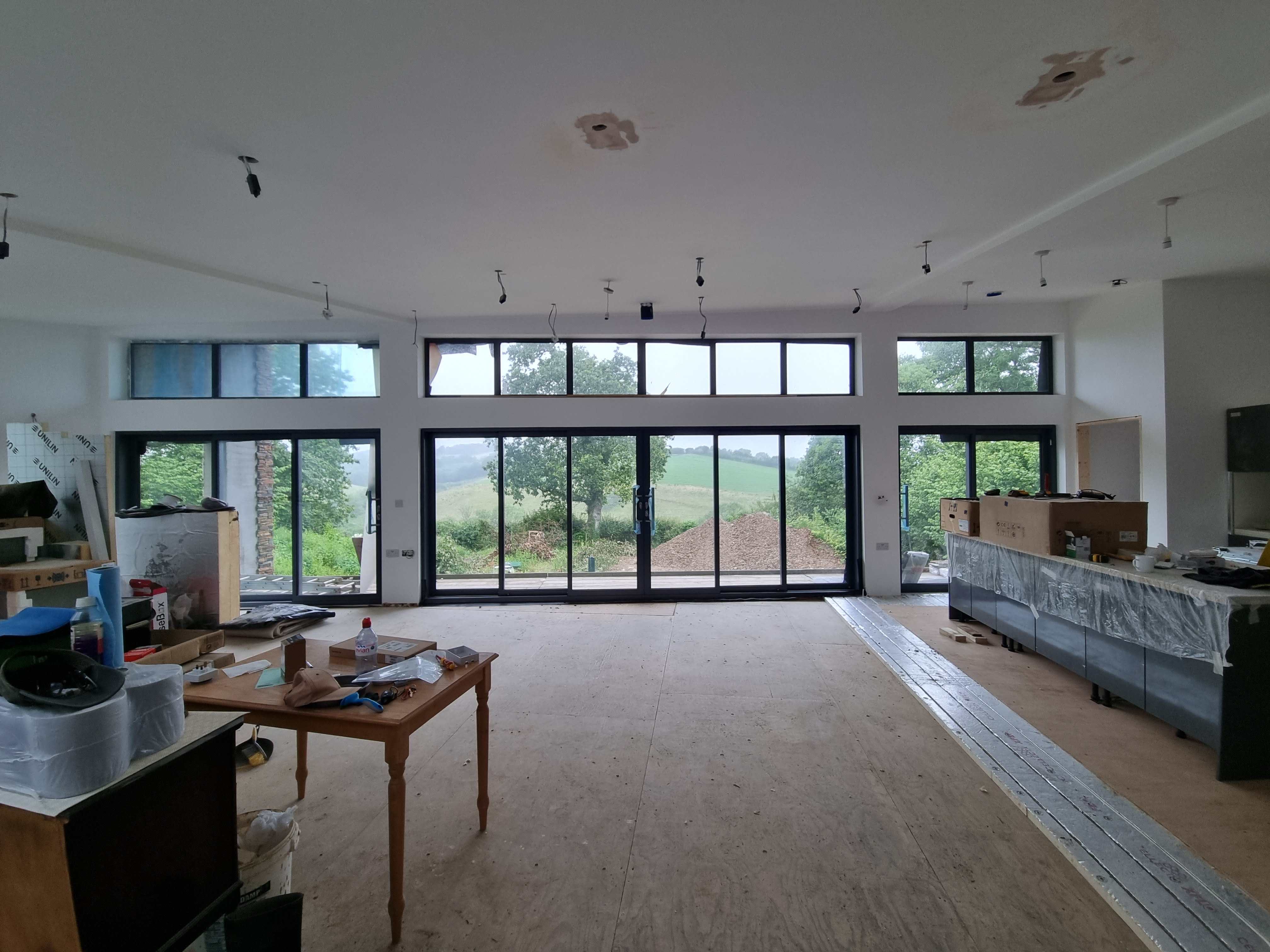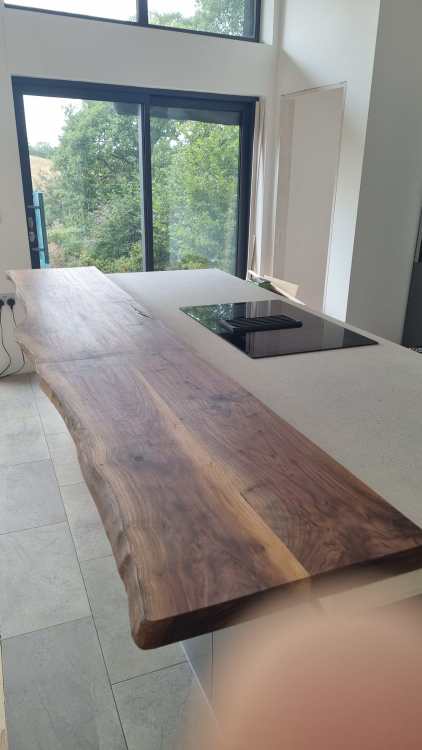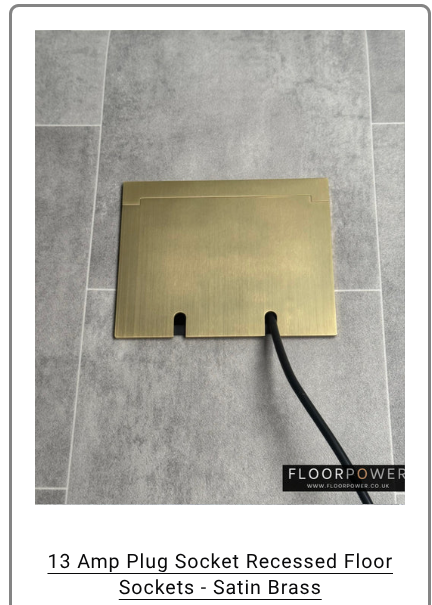
BotusBuild
Members-
Posts
1124 -
Joined
-
Last visited
-
Days Won
8
Everything posted by BotusBuild
-
SWMBO tried spray painting. Gave up due to the kit. Switched to what she knew and spent probably about 12 weeks on and off rollering and cutting in. About 270m2 of ceilings alone. But, it looks great. Plan is to live with white for several months, then apply colour if/when we know it's right
-
Just thought I'd provide some positive feedback about Stroma. They came to site this week after a brief call to discuss completion. The BCO arrived and we had a quick walk around, he knowing we had been doing most of the work ourselves. Apart from being complimentary, he explained he would NOT do a completion visit report as that would only give us 8 weeks to finish and he could tell that wasn't going to be possible. So we have a progress report only, with 8 items. Maybe 2026 will bring completion 😀. On second thoughts ....
-
Sum it up in one sentence then... Go on.
BotusBuild replied to ToughButterCup's topic in General Self Build & DIY Discussion
There's the answer 😀 -
Large screw type piled decking foundations
BotusBuild replied to Post and beam's topic in Landscaping, Decking & Patios
5ft long screw piles will not be long enough to make up your 1m. You'd need 9ft long piles to get stability IMHO (not a structural engineer). I'd be putting in some concrete piles (as per above) and building up from those. A builder friend of mine is sold on these screw piles, but did say they have their place for small extensions, garden rooms etc. -
I was going to do the lot, but the ASHP install plumbers did the ground floor at the same time, then came back to connect and fill the upstairs for another £250. It was a good decision.
-
You could buy ours when it comes back. I see you're in Cambridgeshire and we're in Cornwall. I was thinking of making it a loan tool on this here hub
-
Looks like the party is over....
BotusBuild replied to Beelbeebub's topic in Air Source Heat Pumps (ASHP)
Which is why The Orange Man is trying to put a friendly government in to replace Maduro, oh, and pamper to the Russians as well, in order to secure a future supply for their gas guzzlers and overheated and overchilled housing and office space. And of course, cozy up to the murderers of Khashoggi. How does Israel fit in? Arms (pun intended) length "nuke 'em outfit" to keeps the Middle East in check -
Looks like the party is over....
BotusBuild replied to Beelbeebub's topic in Air Source Heat Pumps (ASHP)
It seems they are on to this - More North Sea drilling to be allowed in new Labour plan https://www.bbc.co.uk/news/articles/c0r9gyjkky0o -
Solar cable runs from roof space to plant room on ground floor.
BotusBuild replied to jimseng's topic in Photovoltaics (PV)
Plastic conduit will be fine. Is the 45mm void just under the roof tiles? I would put the cable in conduit for extra protection. -
Don't flush wet wips, esp into digesters.
BotusBuild replied to saveasteading's topic in Waste & Sewerage
We did the same -
Don't flush wet wips, esp into digesters.
BotusBuild replied to saveasteading's topic in Waste & Sewerage
Nappy changes probably the biggest use @ProDave. It is easy to have a ready supply of wipes held together in a handy plastic (!) pack as you traverse this hideous job. Shouldn't happen (wet wipe use) but it does -
Mine was a new connection
-
Or just a simple PIR switch
-
Retain and re-use the stone where you can if you end up rebuilding. We had to chop a walnut tree down. It is now our breakfast bar 🙂
-
Welcome and good luck with the conversion. I trust through top half of that internal wall is being replaced 😁
-
GIT mainly used in software development to hold versions or iterations of development, know as builds. Probably not useful in the OP scenario
-
There is a train of thought that says in a traditional two storey home (bedrooms upstairs), and depending on levels of insulation applied during the build, that you may not need UFH upstairs. The main question to answer so others can provide improved responses is about the level of insulation and air tightness of the build, and if you have the heat loss figures for the rooms upstairs. Also, what temperatures are you aiming to achieve in those rooms (generally bedrooms are cooler)?
-
I'm looking for some floor sockets similar to the picture below (single or double) but at a reasonable price (less than three figures!!) I've been searching around and want to avoid the style that has the spring showing. The floor sockets are to be located at the edge of a floor (there is no wall above), not in the middle of a floor area as in this picture, so they do not necessarily have to be flush with the floor as the risk of them being a trip hazard is very low. Anyone know of a reasonably priced item. They can be a single socket.
-
How about Command strips. Our daughter used these at university to hold a largish mirror on her rented room. Stayed up all year, no problems
-
@Post and beam, You'll not get comms from Openreach. They talk to their customer, which is not you, it's your broadband provider. I know this from having to deal with BT and Openreach during my working life. Openreach themselves are crap at comes internally let alone externally. For my recent connection I started with Plusnet, and switched to EE on recommendation on here. EE were very good at keeping me informed. I also had a line of sight tree chopping issue. Between switching from Plusnet and EE I did this myself as it was an easy job. As it happens EE would have covered the cost, unlike Plusnet. So, as you can see, choice of BB provider is important. As has been said, persevere, but I do recommend using EE, and I have FTTP.
-
Was one of those with EE? Good for a few people on here. Was there a common issue causing each failure?
-
DuckDuckAI responds: Starlink's main competitors include OneWeb, which focuses on connecting underserved areas with its satellite network, and traditional satellite providers like HughesNet and Viasat, which use geostationary satellites but generally offer slower speeds and higher latency compared to Starlink. Each alternative has its own strengths and weaknesses, making them suitable for different user needs.
-
Keep them coming. Thats exactly what the sites for




